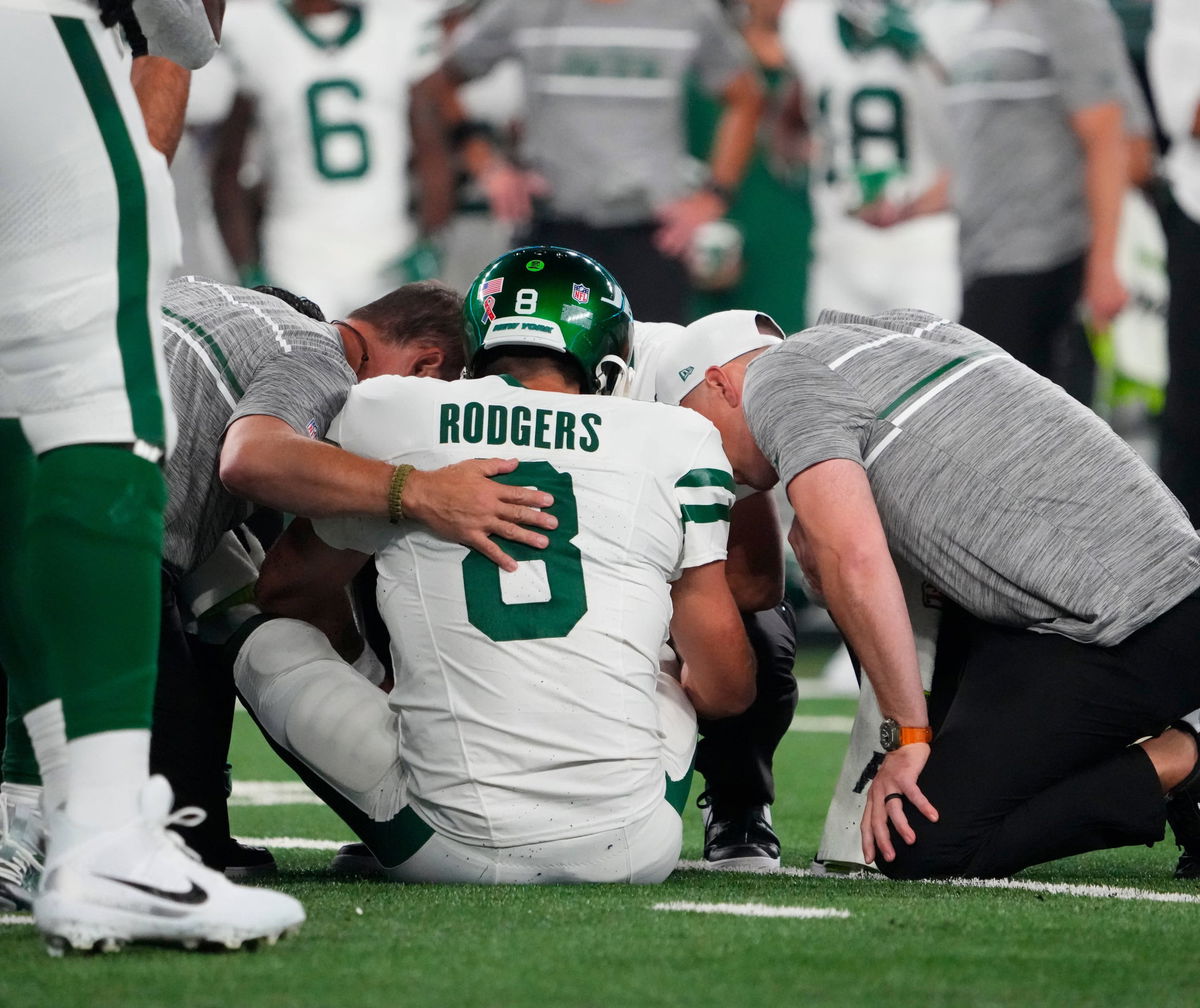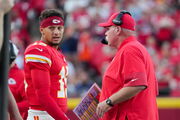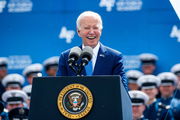
Imago
NFL, American Football Herren, USA Buffalo Bills at New York Jets Sep 11, 2023 East Rutherford, New Jersey, USA New York Jets quarterback Aaron Rodgers 8 is injured after a sack by Buffalo Bills defensive end Leonard Floyd not pictured during the first quarter at MetLife Stadium. East Rutherford MetLife Stadium New Jersey USA, EDITORIAL USE ONLY PUBLICATIONxINxGERxSUIxAUTxONLY Copyright: xRobertxDeutschx Bills at Jets rd1886

Imago
NFL, American Football Herren, USA Buffalo Bills at New York Jets Sep 11, 2023 East Rutherford, New Jersey, USA New York Jets quarterback Aaron Rodgers 8 is injured after a sack by Buffalo Bills defensive end Leonard Floyd not pictured during the first quarter at MetLife Stadium. East Rutherford MetLife Stadium New Jersey USA, EDITORIAL USE ONLY PUBLICATIONxINxGERxSUIxAUTxONLY Copyright: xRobertxDeutschx Bills at Jets rd1886
The long-standing debate surrounding natural grass versus artificial turf within the NFL has been a contentious issue. With players, coaches, and stakeholders expressing differing opinions on the matter, what is the right answer? When New York Jets quarterback Aaron Rodgers got badly hurt on the field at MetLife Stadium with a season-ending Achilles tendon injury during the team’s first game, turf usage was brought up as an issue.
Watch What’s Trending Now!
Central to this debate are concerns over player safety, performance, and overall well-being, particularly regarding the potential impact of playing on turf surfaces. Amidst these debates, the NFL’s recent introduction of the BEAST heralds a significant step towards resolving the grass versus turf dispute.
ADVERTISEMENT
BEAST technology: Revolutionizing field safety standards
With the new BIOMECHANICAL Elite Athlete Shoe-Turf Tester (BEAST), the NFL is poised to settle this debate once and for all. During the 2023 season, the NFL and NFLPA embarked on a groundbreaking pilot program involving a mobile machine that traveled to multiple stadiums to test various surfaces under a range of conditions. This initiative marked the first comprehensive testing of fields in NFL history. whether franchise owners will unanimously agree to implement its findings remains uncertain. The willingness of owners to adopt recommendations stemming from the BEAST’s data may hinge on various factors, including financial considerations, stadium infrastructure, and long-term planning.
The NFL has consistently argued that there is a negligible difference in the injury rates between natural grass and synthetic fields.
Now, new data from this past season will fuel future discussion between the NFL and NFLPA, while also facing stark realities for many teams.
— Front Office Sports (@FOS) March 7, 2024
The BEAST evaluates key factors such as rotation and traction, crucial components of an NFL athlete’s interaction with the playing surface. By making a cleat model based on the normal traits of an NFL player, scientists can learn very useful details about how the cleat works with the field. Also, the mobile BEAST can visit different places on the field so it tests everywhere. One main goal of the BEAST work is to set safety and performance rules for all fields, no matter what they are made of. Dr. Kristy Arbogast, a member of the joint NFL/NFLPA Engineering Committee, says it is very important to set a target for safety and how well fields do their job and make sure all fields follow the rules.
ADVERTISEMENT
Meanwhile, a survey conducted by the NFLPA revealed that 92% of respondents preferred high-quality grass surfaces, citing concerns over the impact of turf on their careers and long-term health.
Top Stories
J. J. McCarthy Awaits Punishment From Vikings After Rejecting Kevin O’Connell’s Instructions

Andy Reid Announces Patrick Mahomes’ Injury Diagnosis as Chiefs HC Doesn’t Hold Back After Playoffs Elimination

Patrick Mahomes Doesn’t Hold Back in Emotional Statement After Chiefs QB’s Troubling Knee Injury Update

Former US President Joe Biden Keeps a Clear Demand to Eagles Owner Amid Jalen Hurts’ Struggles

Jordan Love & Locker Room Address Micah Parsons’ ACL Injury After Packers Star’s Heartbreaking Reaction

ADVERTISEMENT
Survey highlights player preference for grass surfaces
NFLPA executive director Lloyd Howell emphasized that the issue extends beyond aesthetics, highlighting the potential decrease in players’ careers by two or three seasons when playing on turf, which directly affects their livelihoods and quality of life.
Players like Los Angeles Chargers’ running back Austin Ekeler highlight the discomfort and potentially long-lasting effects of playing on turf, such as turf burns and a lack of giving compared to natural grass. He said, “It’s not like, ‘Oh my God, I played on a turf field,’ where it’s like overwhelmingly sore the next day, but it’s little accumulations of those little things that make it less preferable.”
ADVERTISEMENT
NFLPA president JC Tretter underscores the importance of defining playing surface standards and creating new metrics to measure performance and safety effectively. Though the NFL’s BEAST technology offers promise in settling the grass versus turf debate, the consensus among franchise owners remains uncertain.
ADVERTISEMENT
ADVERTISEMENT
ADVERTISEMENT

